-
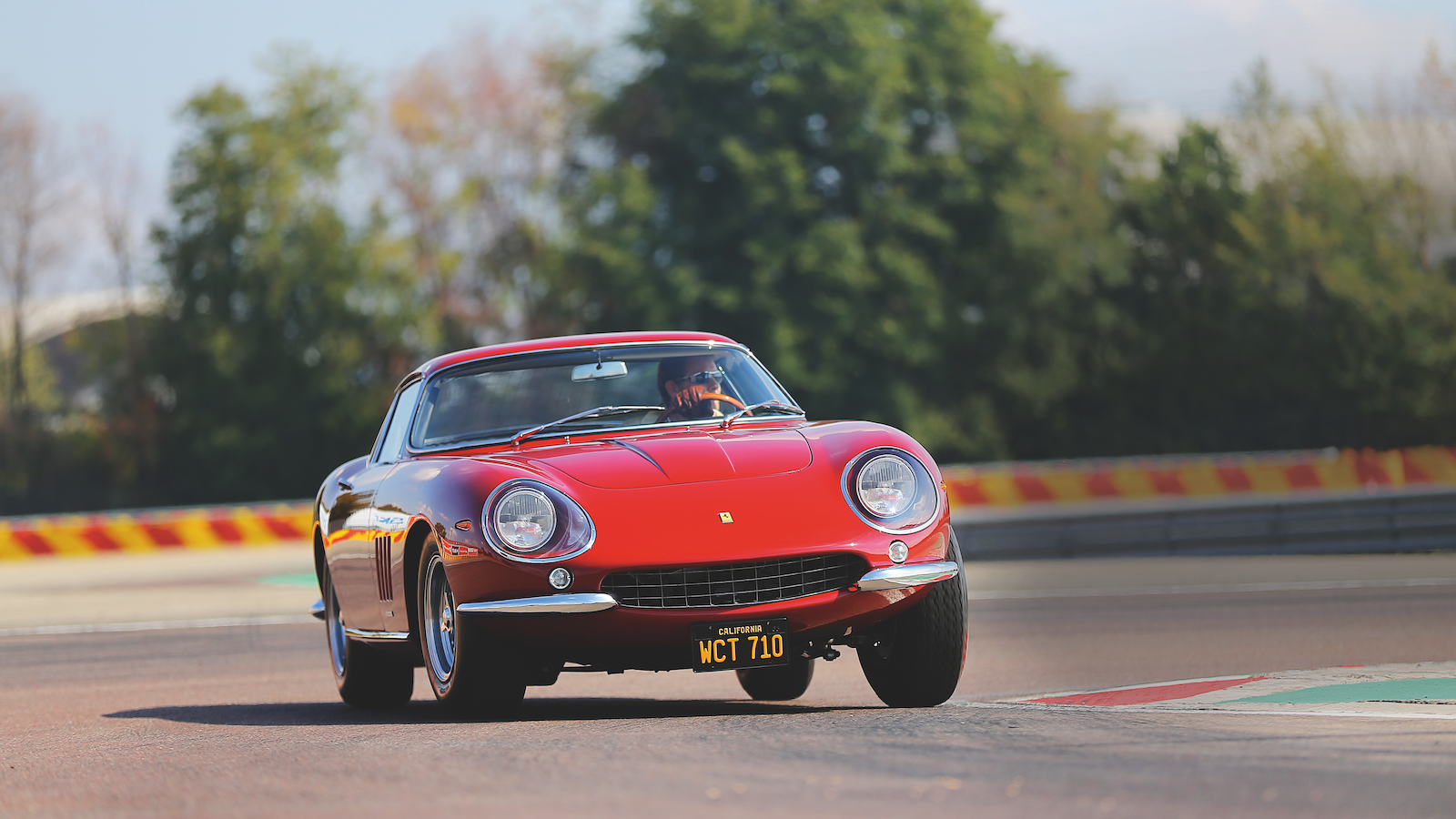 © Julian Mackie/Classic & Sports Car
© Julian Mackie/Classic & Sports Car -
 © James Mann/Classic & Sports Car
© James Mann/Classic & Sports Car -
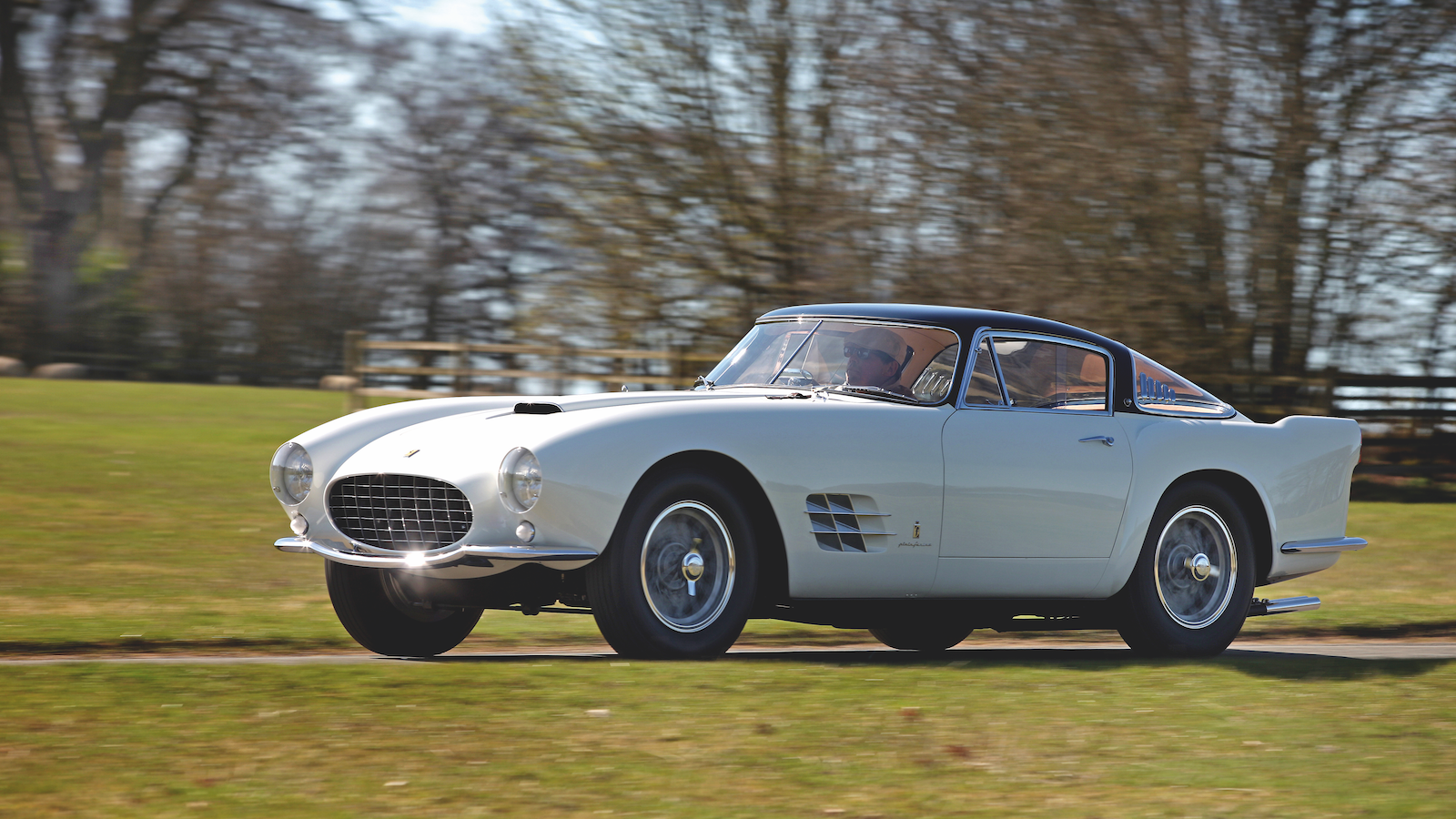 © James Mann/Classic & Sports Car
© James Mann/Classic & Sports Car -
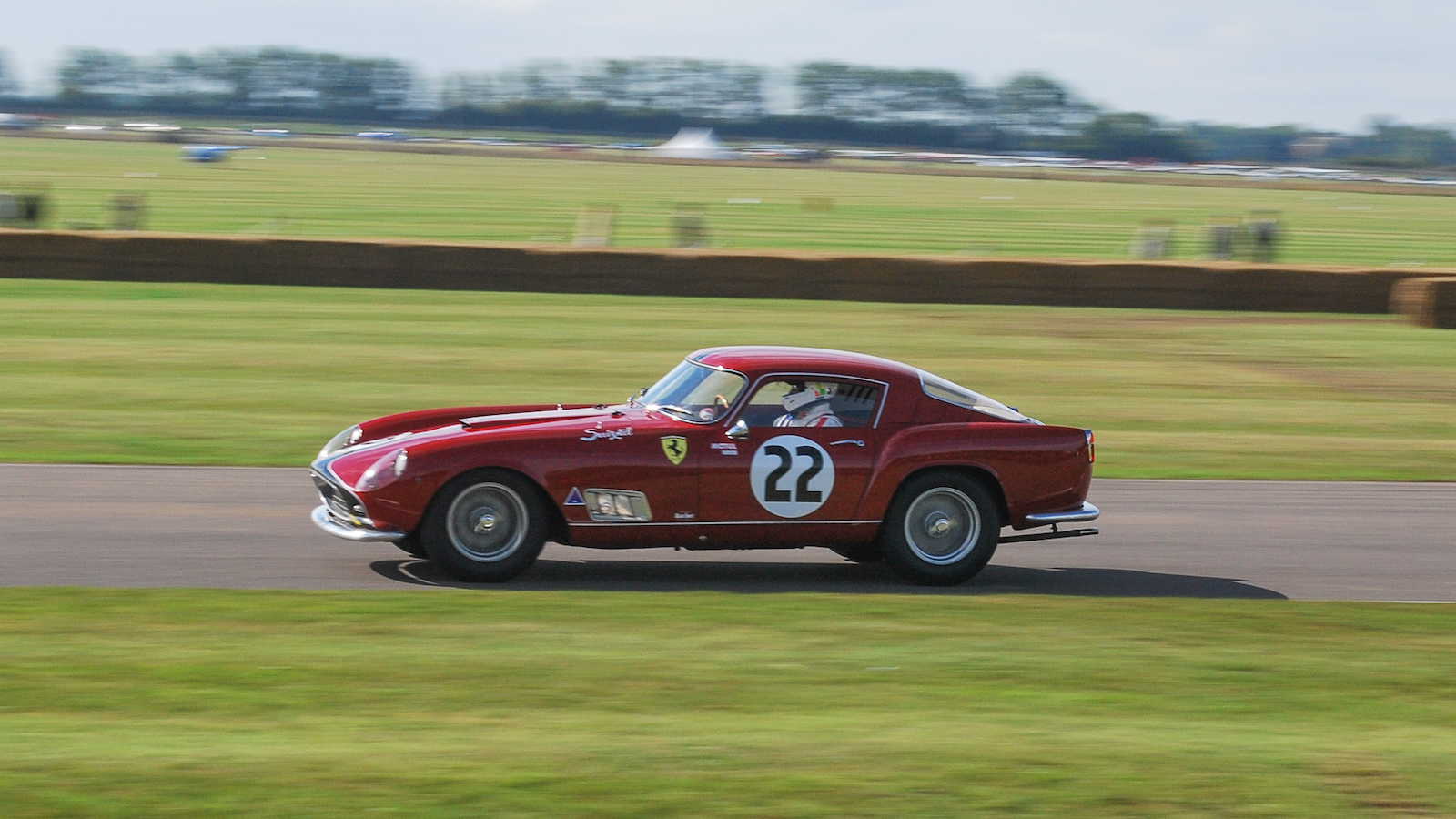 © James Page
© James Page -
 © Malcolm Griffiths/Classic & Sports Car
© Malcolm Griffiths/Classic & Sports Car -
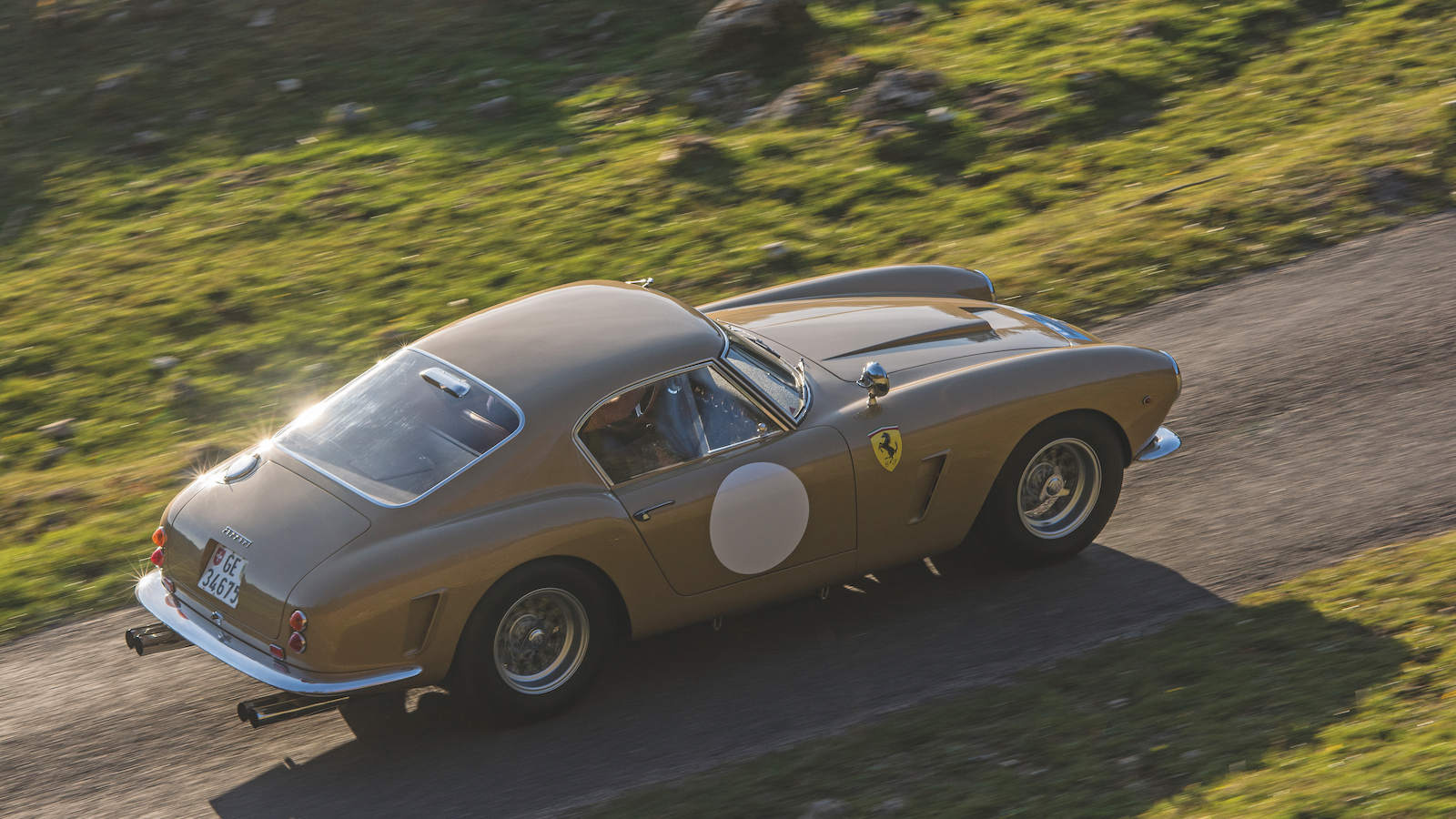 © Mick Walsh/Classic & Sports Car
© Mick Walsh/Classic & Sports Car -
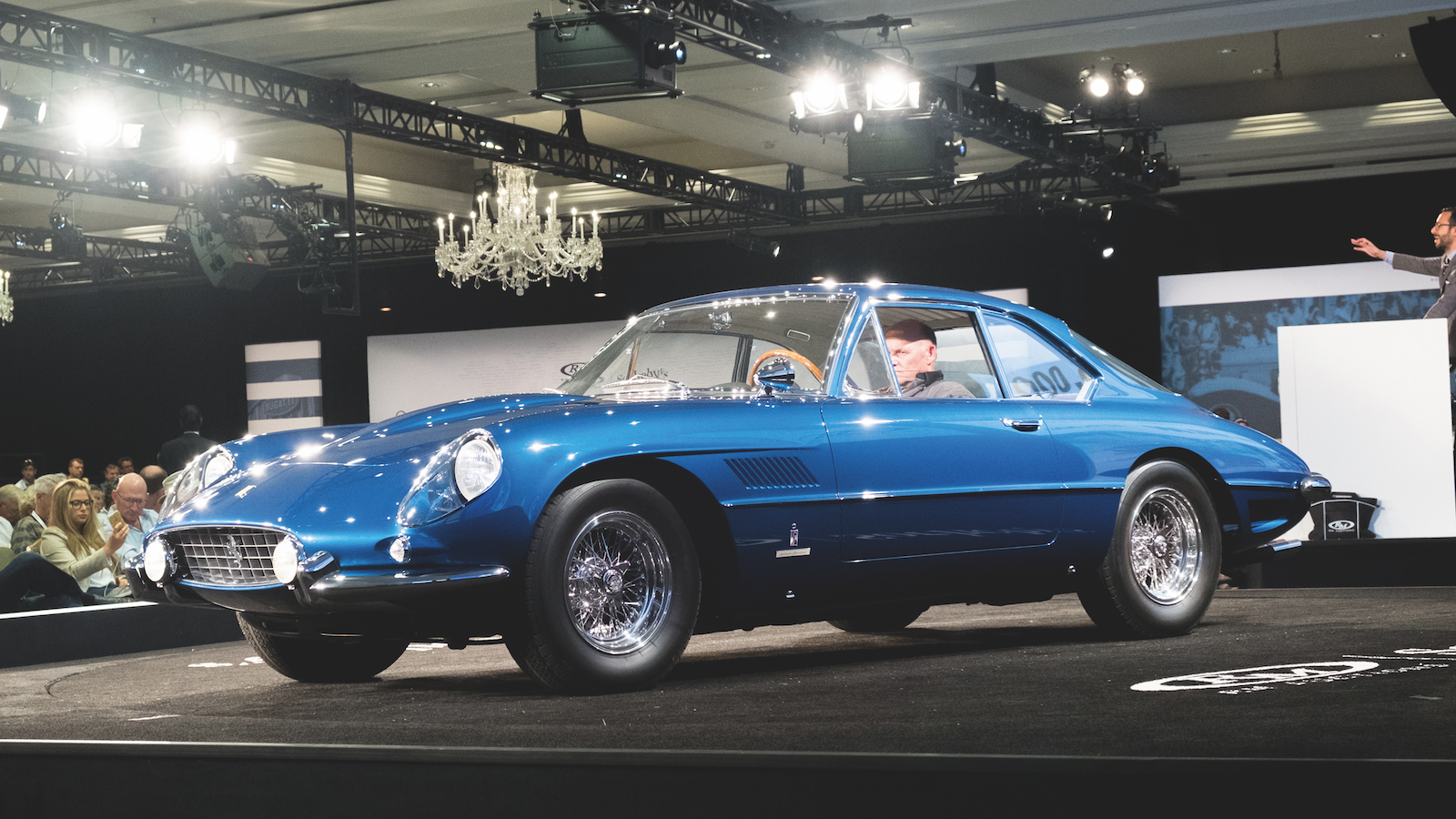 © RM Sotheby’s
© RM Sotheby’s -
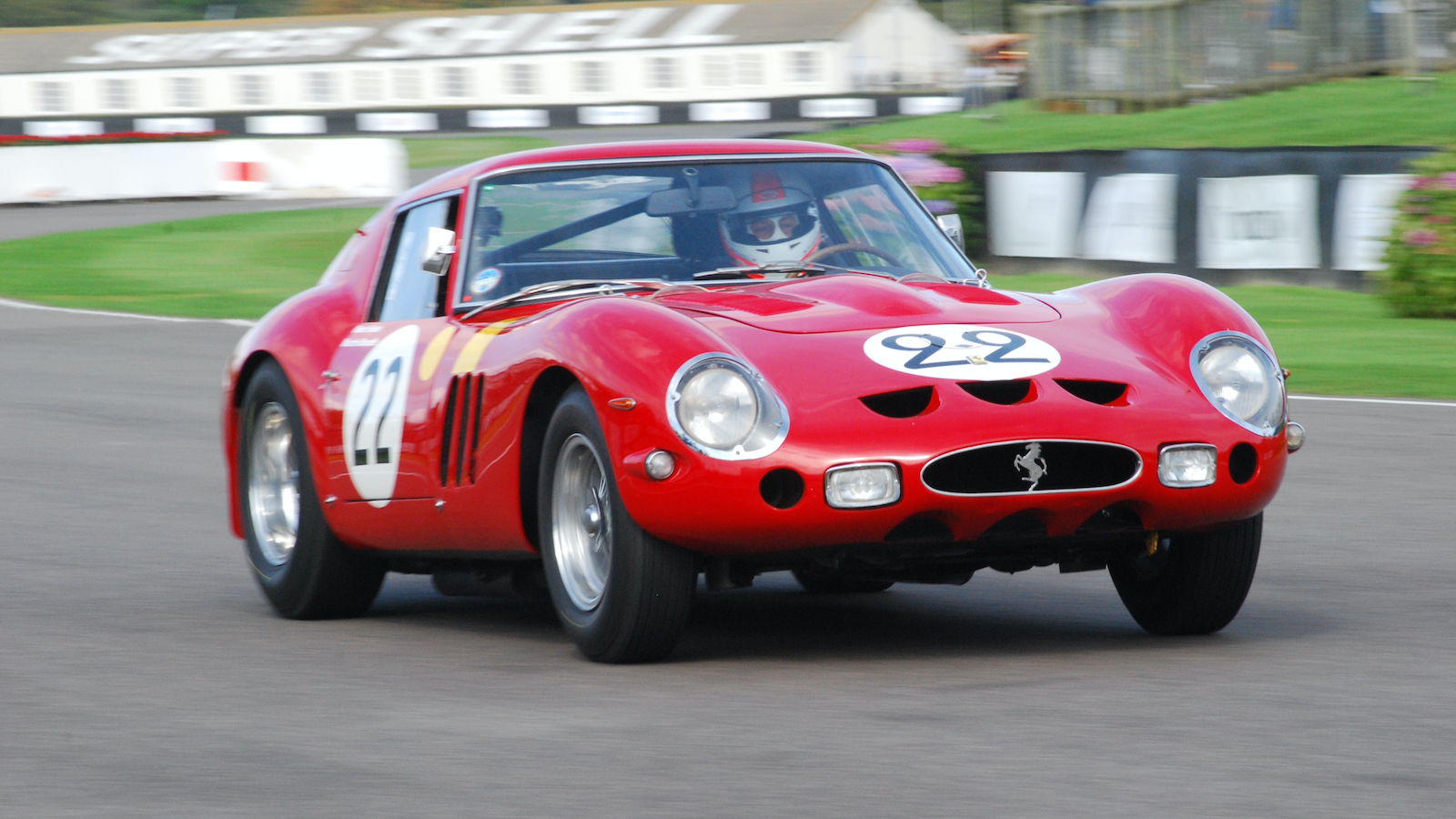 © James Page
© James Page -
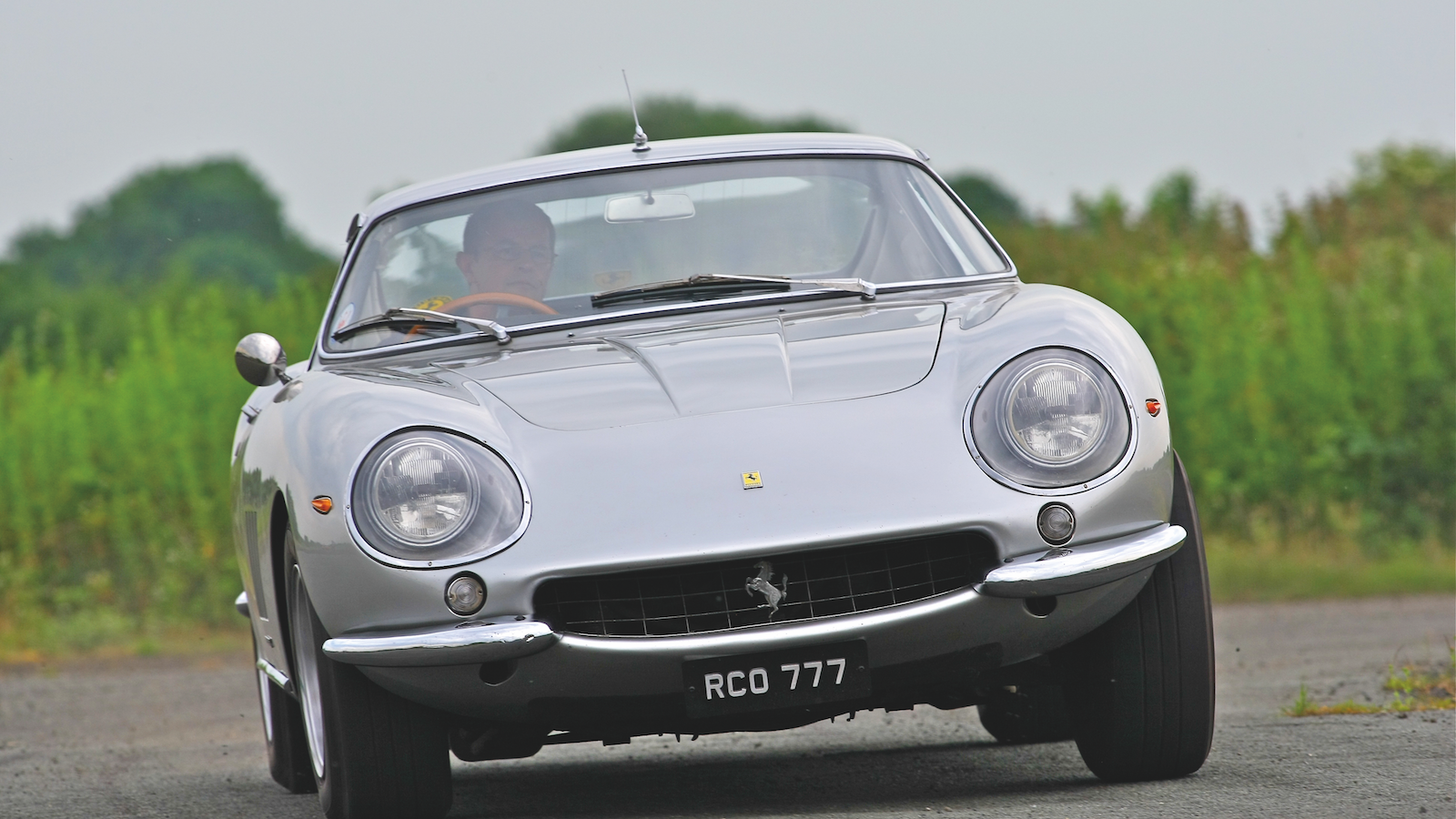 © Julian Mackie/Classic & Sports Car
© Julian Mackie/Classic & Sports Car -
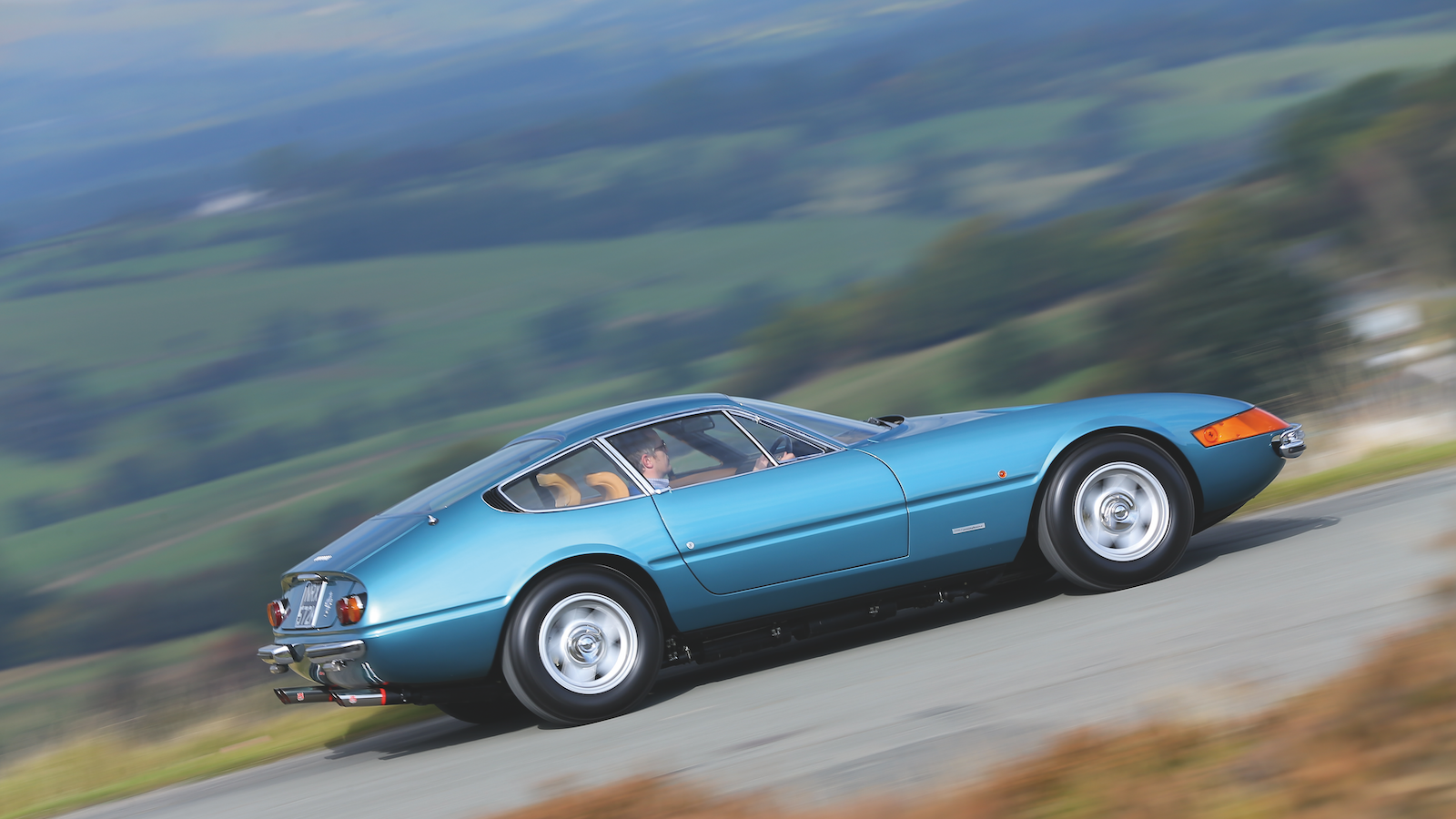 © Julian Mackie/Classic & Sports Car
© Julian Mackie/Classic & Sports Car -
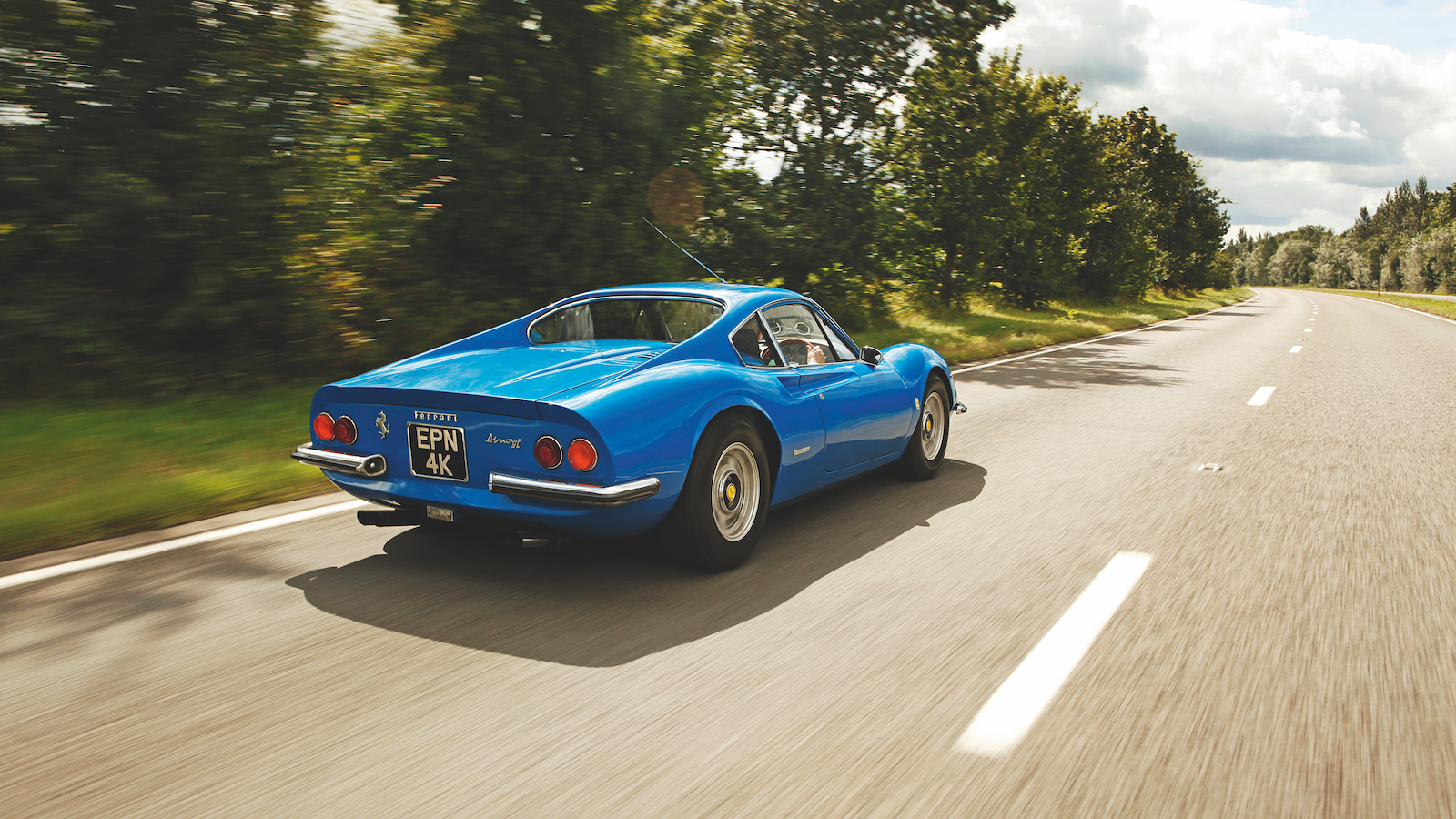 © Tony Baker/Classic & Sports Car
© Tony Baker/Classic & Sports Car -
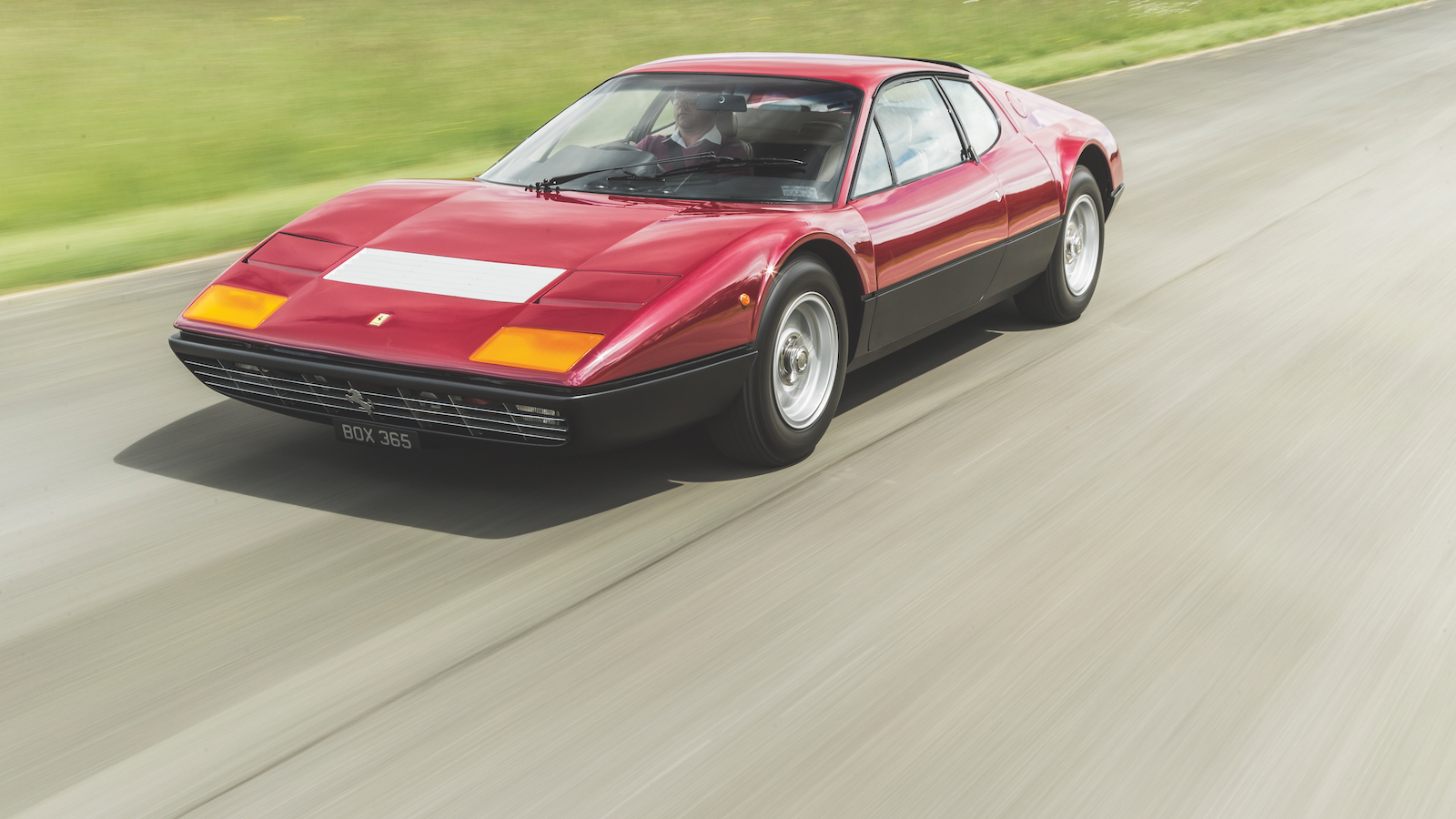 © Luc Lacey/Classic & Sports Car
© Luc Lacey/Classic & Sports Car -
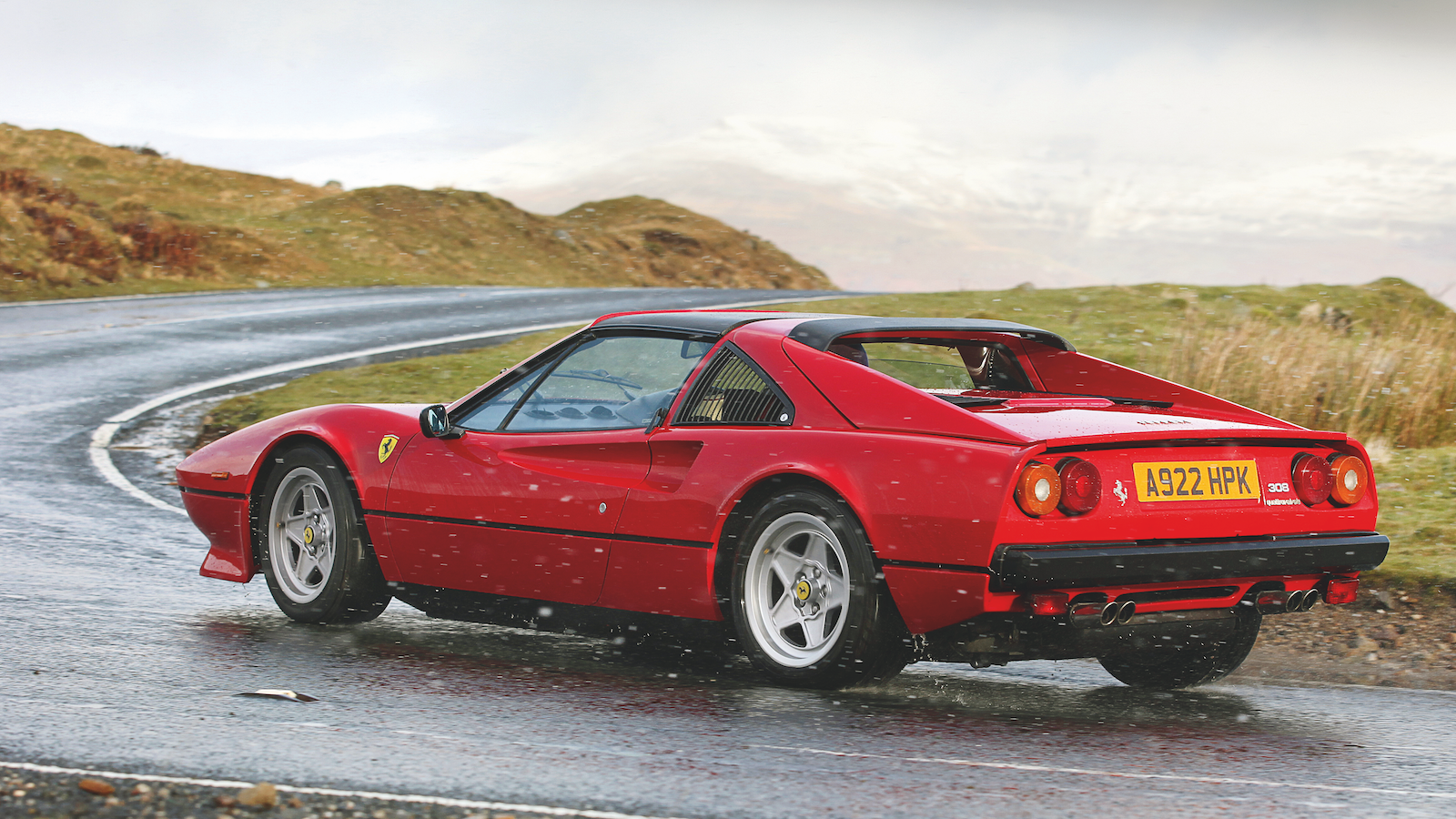 © Tony Baker/Classic & Sports Car
© Tony Baker/Classic & Sports Car -
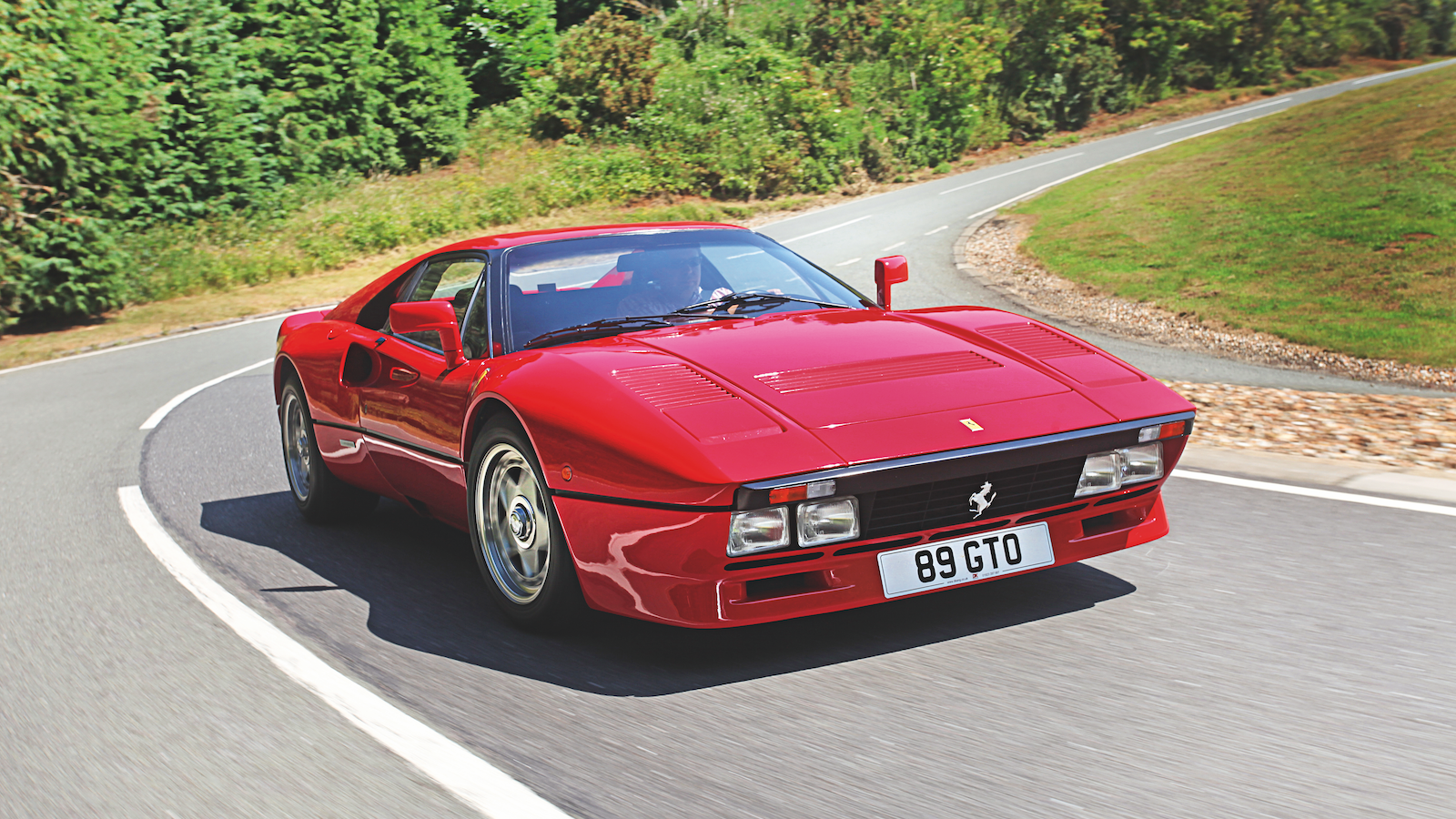 © James Mann/Classic & Sports Car
© James Mann/Classic & Sports Car -
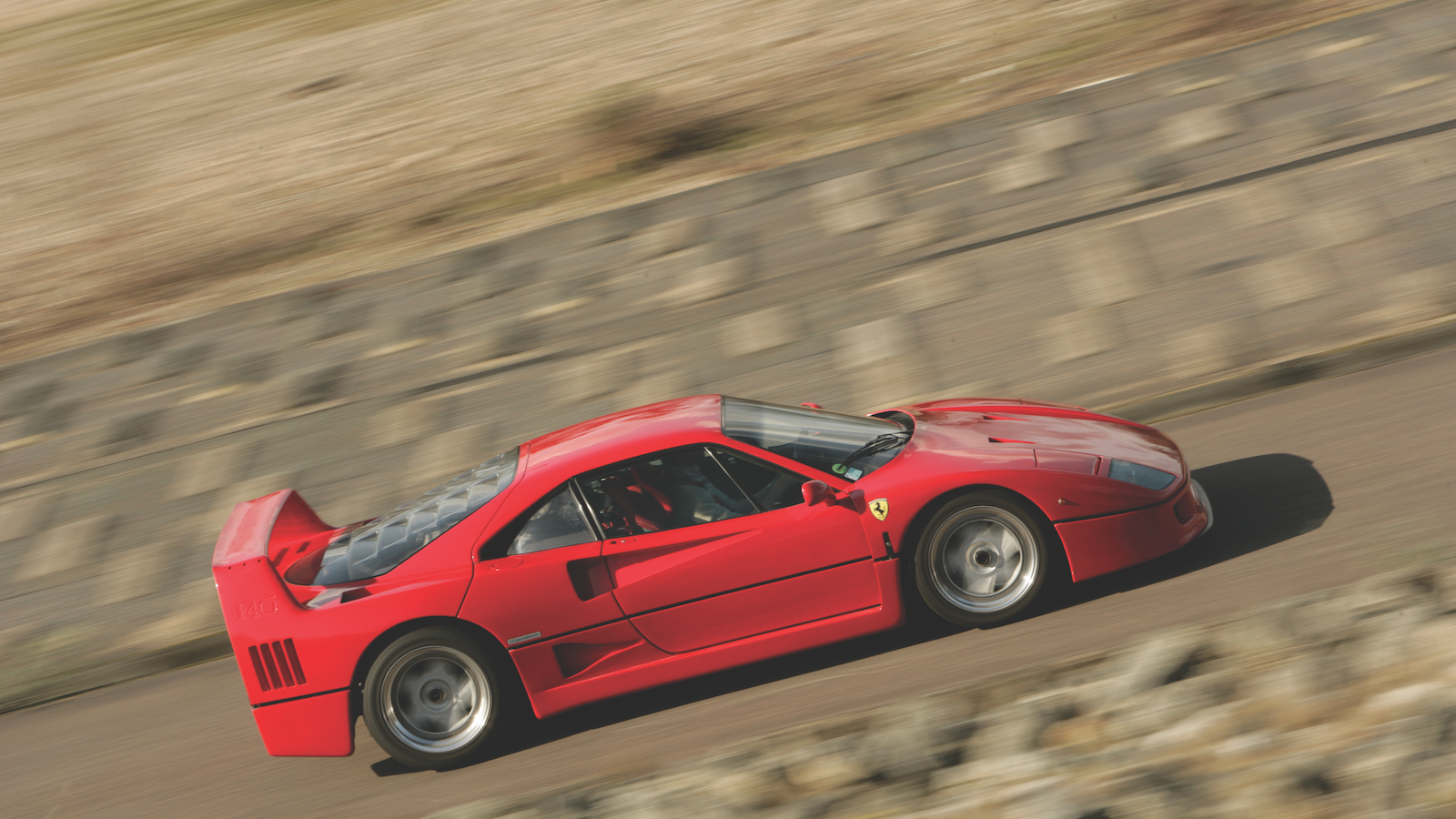 © Tony Baker/Classic & Sports Car
© Tony Baker/Classic & Sports Car -
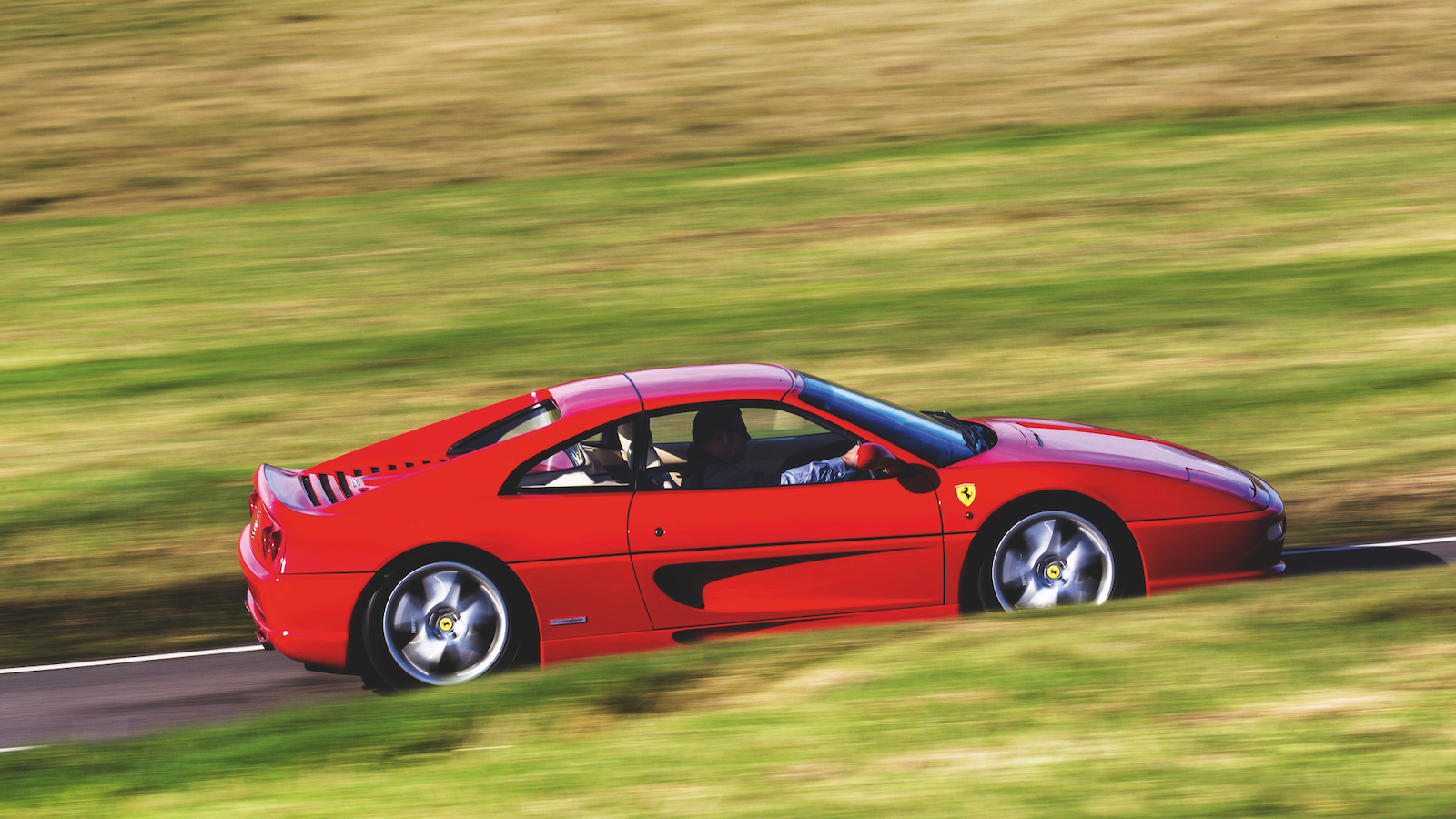 © Malcolm Griffiths/Classic & Sports Car
© Malcolm Griffiths/Classic & Sports Car -
 © James Mann/Classic & Sports Car
© James Mann/Classic & Sports Car -
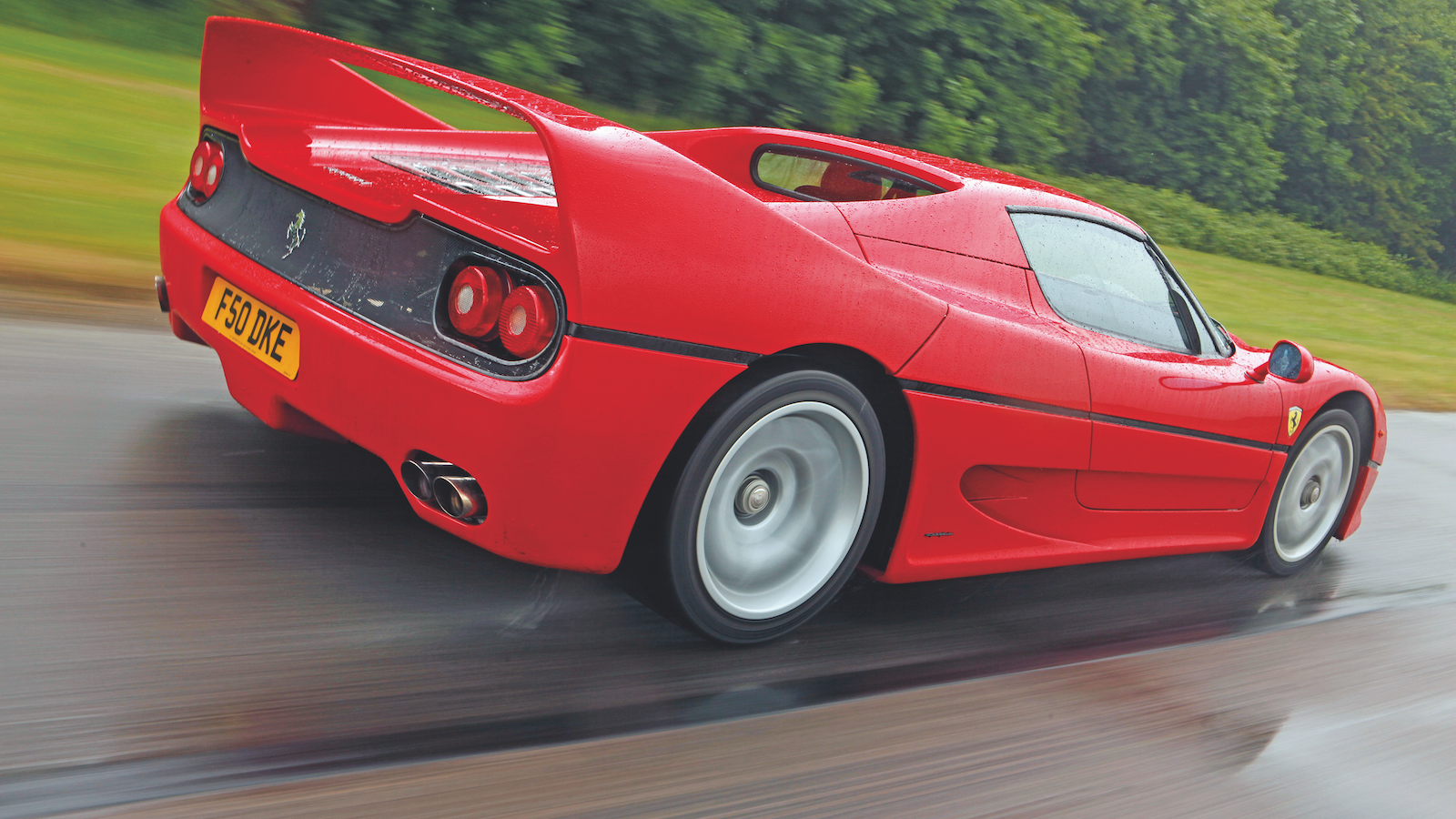 © Tony Baker/Classic & Sports Car
© Tony Baker/Classic & Sports Car -
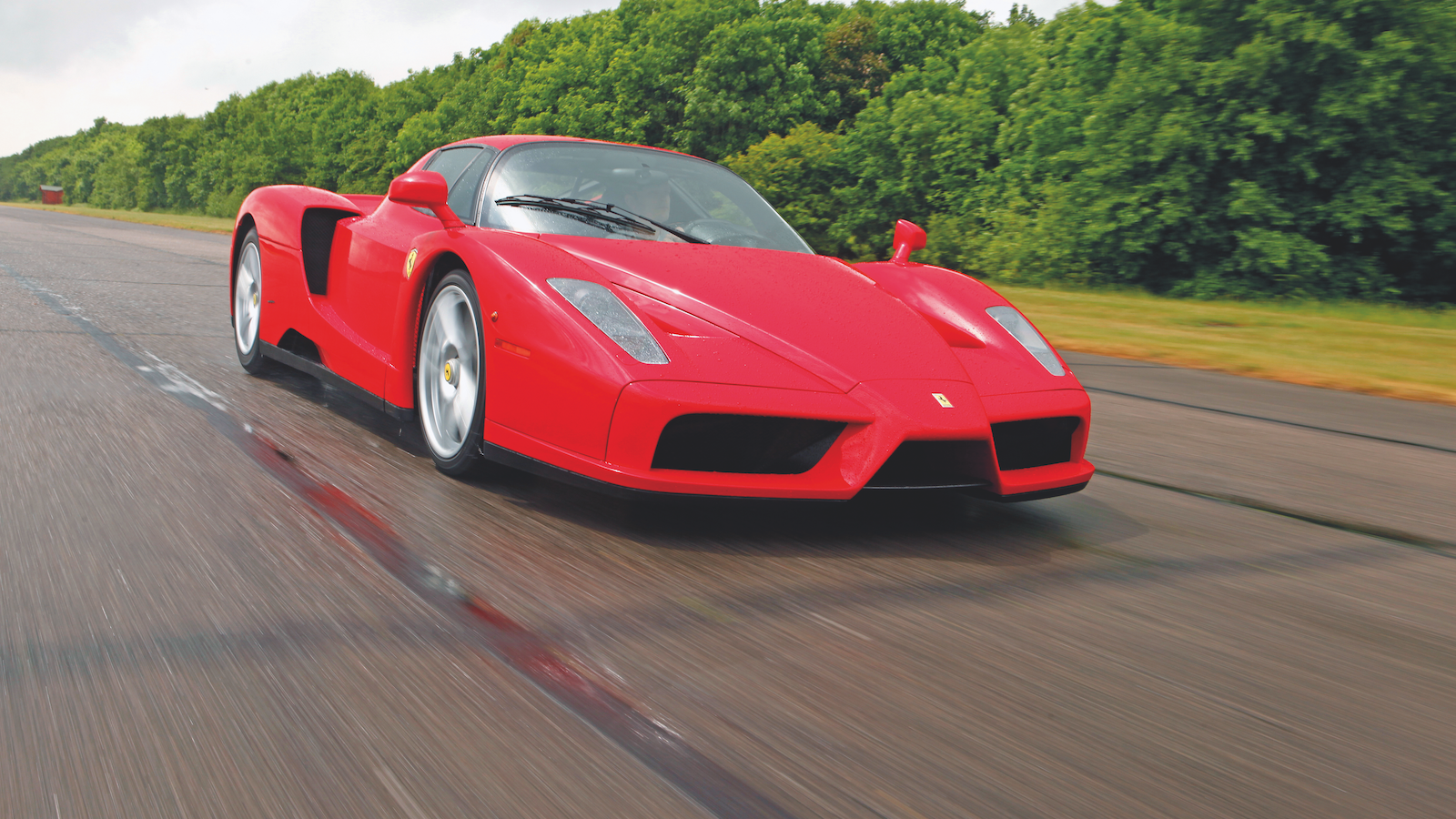 © Tony Baker/Classic & Sports Car
© Tony Baker/Classic & Sports Car -
 © Tony Baker/Classic & Sports Car
© Tony Baker/Classic & Sports Car -
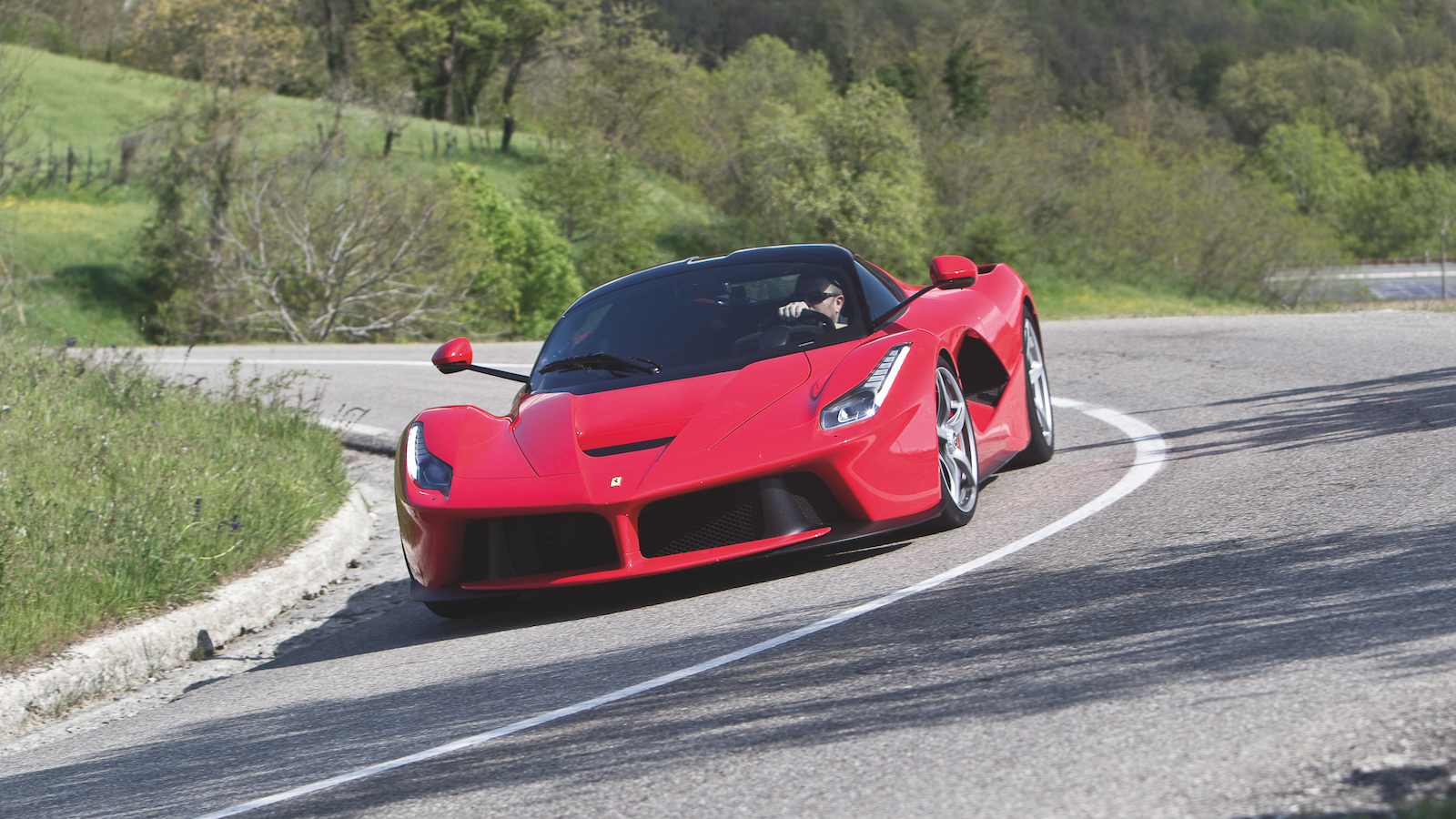 © Haymarket Automotive
© Haymarket Automotive
-
Maranello’s masterpieces
Ferrari has grown in a way that Enzo could never have imagined when his first car rolled out of the Maranello factory 75 years ago, but for countless enthusiasts around the world there remains something magical about this most celebrated of marques.
The foundations of its legend undoubtedly lie in motor racing, and until the mid-1960s many of its greatest cars were built very much with competition in mind. The emphasis may have shifted since then, but the best Ferraris still have the ability to quicken the pulse with their combination of performance, style and charisma.
Here’s our countdown of the 20 finest products from the Prancing Horse stable, in chronological order.
-
1. 166
The very first Ferrari was the 125 of 1947, but the first model to really put the company on the map was the 166.
Using a 2-litre version of the V12 engine that had first been outlined by Gioacchino Colombo in 1945, the 166 was offered in various forms. An Allemano coupé won the 1948 Mille Miglia, but the most famous variant was the pretty 166MM Touring Barchetta.
In the space of two weeks during the summer of 1949, Ferrari 166MMs won both the Le Mans 24 Hours and the Spa 24 Hours.
-
2. 375MM
In Ferrari’s early days, Gioacchino Colombo and Aurelio Lampredi each pursued their own philosophy in terms of engine design. Colombo’s ‘short block’ V12 would end up having by far the longest and most successful career, but Lampredi’s larger-capacity ‘long block’ engine nonetheless powered a number of memorable Ferraris.
The 375MM was one of those, and its 4.5-litre V12 had its origins in the Scuderia’s Formula One powerplants. Most of these muscular road-rockets were bodied by Pinin Farina, while the competition variants scored major victories during 1953 at events such as the Nürburgring 1000km and Spa 24 Hours.
-
3. 250GT Tour de France
During the 1950s, Ferrari moved slowly towards series production. The 250GT played a central role in that and had its roots in the 1954 Europa GT, which set the basic template by combining a 3-litre version of Colombo’s V12 with the Tipo 508 chassis.
In 1955 came the 250GT itself, and the competition Berlinetta variants have become particularly coveted. There were myriad detail changes between 1956 and 1959, but all from that period are now referred to by the unofficial ‘Tour de France’ nickname, which was gained due to the model’s domination of that gruelling long-distance event.
-
4. 250GT California Spider
As it was for so many manufacturers, the North American market was of great importance to Ferrari during the 1950s, and it was with this in mind that the California Spider was developed.
It may have been clothed in an achingly beautiful Pinin Farina body, but the mechanical specification followed the contemporary 250GT and this was no boulevard cruiser. A competition-spec California finished fifth overall at the 1959 Le Mans 24 Hours.
Only 50 Long Wheelbase models were built before production switched to the Short Wheelbase chassis, the revised California Spider being introduced at the 1960 Geneva motor show.
-
5. 250GT Short Wheelbase
Previous incarnations of the 250GT Berlinetta had used the Tipo 508 chassis, but at the 1959 Paris Salon Ferrari introduced a new variant on the shorter Tipo 539 frame.
With its 2400mm wheelbase, this car would become known as the Passo Corto – the Short Wheelbase. Disc brakes all round were a first for a production Ferrari road car, and beneath the bonnet was the enduring Colombo V12.
Two versions were available – the race-ready Competizione and the street-spec Lusso – and Pinin Farina had developed a curvaceous, muscular body. Versatile and quick, the Short Wheelbase is rated by some as being a better all-rounder than even the GTO.
-
6. 400 Superamerica
Whereas the 410 Superamerica that preceded it had used the Lampredi engine, the 400 Superamerica switched to a 4-litre version of the Colombo V12 when it was introduced in 1959.
With 330bhp on tap, this luxuriously appointed flagship model therefore had the performance to go with its striking looks. A one-off version was built for Gianni Agnelli, while Battista ‘Pinin’ Farina owned chassis number 2207 SA, which was progressively redesigned into ‘Superfast II’, then ‘Superfast III’ and finally ‘Superfast IV’.
In total, only 47 400 Superamericas were built between 1959 and 1964.
-
7. 250GTO
The ultimate development of the 250GT Berlinetta line is the most famous of them all – the GTO.
Introduced in 1962, it took the basic ingredients of the Short Wheelbase but added a five-speed gearbox, dry-sump lubrication, six carburettors rather than three, and a more aerodynamically efficient body.
The GTO won the International Championship for GT Manufacturers – the World Sports Car Championship in all but name – three years in a row, and claimed victories in everything from the Tour de France to domestic Italian hillclimbs.
Only 36 were built, and its blend of beauty and competition pedigree has made the GTO one of the most coveted cars of all time.
-
8. 275GTB/4
The 275 represented a major step forward for Ferrari when it was launched in 1964. The Colombo V12 was now in 3.3-litre Tipo 213 form and drove through a five-speed transaxle, there was independent suspension all round, and Pininfarina designed a body of timeless beauty.
Two years later, Ferrari introduced the 275GTB/4 at the 1966 Paris motor show. Its Tipo 226 engine featured four camshafts rather than two, plus six carburettors as standard, and produced a claimed 300bhp.
There were a number of great GT cars built during the 1960s, but few can match the overall appeal of the ‘four cam’.
-
9. 365GTB/4 Daytona
Lamborghini’s groundbreaking Miura may have used a mid-engined layout, but Ferrari stuck with tradition when it launched the 365GTB/4 at the 1968 Paris Salon.
The car was soon nicknamed the Daytona in honour of the Scuderia’s victory in the 1967 24 Hours, and it was the last of what might be termed the ‘classic era’ V12 front-engined Ferraris. The 4.4-litre Tipo 251 unit produced 352bhp at 7500rpm – enough to propel it to more than 170mph.
Pininfarina’s Leonardo Fioravanti came up with a shape that remains instantly recognisable more than 50 years later, and there was even motorsport success with a small run of Competizione models.
-
10. Dino 246
Strictly speaking, this wasn’t badged as a Ferrari, but let’s not get caught up in issues of branding. Ferrari had been using the name on some of its racing cars since the mid-1950s, in honour of Enzo’s late son Alfredo, who was nicknamed ‘Dino’.
Launched in 1967 as the Dino 206, this little mid-engined beauty used a 2-litre V6 that was actually built by Fiat, and in 1969 it was enlarged to 2.4 litres to create the 246.
Outright power wasn’t the point of the Dino. It was – and remains – one of the most rewardingly well-balanced and exquisite of sports cars.
-
11. 365 BB
Developed as a replacement for the Daytona, the Ferrari 365GT4 BB was introduced at the 1971 Turin motor show and was the first mid-engined road car to carry the Ferrari name.
Rather than the usual V12, it featured a sonorous flat-12 engine – something that linked it to the Scuderia’s then-current Formula One cars and sports-prototypes – with the 4390cc unit being mounted longitudinally.
The 375bhp BB had a top speed in the region of 180mph and fell into the category of ‘reassuringly expensive’. Only a handful of Mercedes-Benz and Rolls-Royce models cost more.
-
12. 308GTB
Ferrari’s first production V8 road car was the Dino 308GT4, which was joined in 1975 by the 308GTB – and whereas the Bertone-styled Dino 2+2 was very angular, Pininfarina’s two-seater GTB was much more flowing and curvaceous.
The bodywork was made from glassfibre until 1977, when production switched to steel, and initially the V8 engine ran on four Weber carburettors. Fuel injection was added in 1980, and two years later came the ultimate quattrovalvole model.
For people of a certain age, the 308 will always be the ‘Magnum Ferrari’ after Tom Selleck memorably drove a GTS in TV series Magnum, PI.
-
13. 288GTO
If you’re going to reintroduce the ‘GTO’ name, you’d better be sure that the car is going to live up to it. Fortunately, the 288 did just that.
Ostensibly based on the 308, in reality there wasn’t much of that car left by the time the 288GTO was finished. Beneath its outlandish bodywork was a twin-turbocharged 2855cc V8 that actually owed more to sister company Lancia’s sport-racing cars than to the engine found in the 308.
Group B was killed off before the competition-spec version could hit the tracks, but the road version was extreme enough. Put it this way – you need to be paying close attention when the turbos kick in…
-
14. F40
The 201mph Ferrari F40 is surely the ultimate ‘poster car’ for a generation of enthusiasts who grew up during the 1980s.
In sharp contrast to Porsche’s high-tech 959, the F40 was stripped to the bare essentials. The spartan interior didn’t even feature doorhandles – the catches instead being released by wire pulls.
The 3-litre, twin-turbocharged V8 produced 470bhp, in a car that weighed only 1100kg, and the performance was delivered in savagely undiluted form.
‘By a huge margin,’ wrote Roger Bell when he drove Nick Mason’s F40 in 1989, ‘it is the most exciting, exhilarating car I have driven in 35 years.’
-
15. F355
When the F355 was launched in 1994, the intention was to make it more usable than its forebears but without compromising on performance.
Mission accomplished, then. The 3495cc V8 produced 375bhp at 8250rpm – to the accompaniment of a screaming exhaust note.
The 0-60mph sprint took less than 5 secs, and the Ferrari got to 100mph in less than 11. Its top speed was 183mph, and in 1997 the revolutionary ‘paddle shift’ semi-automatic gearbox was added.
The Pininfarina shape was finalised after extensive wind-tunnel testing, and nearly 30 years after its launch the F355 is recognised as a genuine return to form after a shaky few years.
-
16. 456
The 456 brought the concept of a V12 2+2 right up to date when it was launched in 1992, after the increasingly dated 412 had been discontinued three years earlier.
Designed by Pietro Camardella at Pininfarina, the 456 featured a classically curvaceous shape, and beneath the bonnet was a 5.5-litre V12 pushing out 436bhp. Offered with a choice of six-speed manual and four-speed automatic transmissions, the 456 was a GT car in the finest tradition – fast, stylish and comfortable.
The upgraded 456M was introduced in 1998, and that model lived on until 2003, when it was replaced by the 612 Scaglietti.
-
17. F50
The F40 was a tough act to follow, but the F50 now has a strong following in its own right. With only 349 having been built between 1995 and 1997, it’s also much rarer than its predecessor.
At its heart was a naturally aspirated 4.7-litre engine, which was bolted to the back of a carbonfibre tub and produced 512bhp. It could trace its ancestry to the V12s used in the 333SP and the 641 Grand Prix car, and the claimed top speed was 202mph.
Far better than the cold, hard numbers, however, was the noise it made as the revs built and it howled away behind its lucky driver.
-
18. Enzo
Ferrari moved into the realm of the hypercar with the high-tech Enzo, which used everything from active aerodynamics to composite brake discs.
The Pininfarina shape borrowed a number of styling cues from the contemporary Formula One car, while the naturally aspirated F140B V12 engine kicked out a monstrous 651bhp. The 6-litre powerplant drove through a six-speed paddle-shift gearbox and could power the Enzo to 217mph.
All of the intended run of 399 cars was sold out before Ferrari even started production – and that was by invitation only. Exclusive, fast and dramatic, the Enzo was everything that a Ferrari hypercar should be.
-
19. 458
When the 458 Italia was launched in 2009, Autocar magazine stated that it ‘set a new standard by which supercars are now judged’.
It featured an all-new modular chassis that was considerably stiffer than that of the F430, and its 4497cc V8 produced 562bhp at 9000rpm. Not surprisingly, performance was immense – 0-60mph in 3.4 secs and 210mph flat-out.Technological wizardry included two-stage adjustable dampers, plus the E-Diff, which worked with the F1-Trac system in order to maximise traction out of corners. As a result, the 458 was only a fraction slower around Ferrari’s Fiorano test track than the Enzo hypercar.
-
20. LaFerrari
The LaFerrari was a mind-blowing showcase for what Ferrari could achieve. It was the company’s first full hybrid, with its V12 internal-combustion engine being supplemented by a KERS unit. With a total power output of 950bhp, the 0-60mph sprint took only 2.6 secs, and it blasted past 124mph in less than 7 secs. Top speed? 218mph.
The LaFerrari was dripping with technology – from its carbon-ceramic brakes to its third-generation electronic differential – and when James May drove one for Top Gear, he was moved to describe it as ‘the greatest car in the world’.
